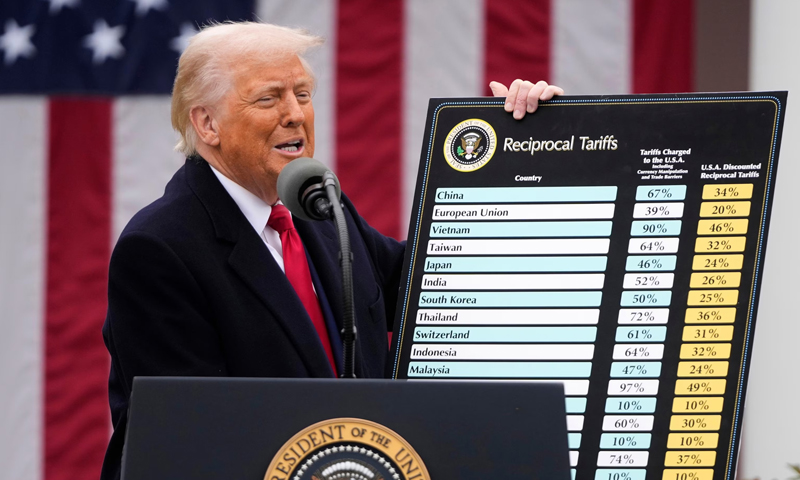On April 2, 2025, President Donald Trump announced a comprehensive overhaul of U.S. trade policy, introducing a series of tariffs aimed at addressing longstanding trade imbalances and revitalizing domestic industries. Dubbed “Liberation Day,” this initiative seeks to reassert America’s economic independence.
Key Components of the Tariff Plan:
Baseline Tariff: A universal 10% tariff will be imposed on all imports, effective April 5, 2025. This measure is designed to protect U.S. industries from foreign competition and encourage domestic production.
Reciprocal Tariffs: Higher tariffs will target specific countries based on existing trade deficits and perceived unfair practices. Notable rates include:
China: An additional 34% tariff, totaling 54% when combined with previous measures.
Japan: 24%
United Kingdom and Australia: 10%
Automobile Imports: A 25% tariff will be applied to all foreign-made vehicles, aiming to bolster the U.S. automotive industry.
Rationale Behind the Tariffs:
President Trump emphasized that these measures are a response to decades of trade practices that have disadvantaged American workers and industries. He stated that the tariffs would correct the “national emergency” of chronic trade deficits and unfair foreign tariffs, aiming to rejuvenate U.S. manufacturing and reduce reliance on imports.
The Australian
Global Reactions:
The announcement has elicited varied responses from international leaders:
European Union: EU officials expressed dismay, warning that the tariffs could escalate into a trade war detrimental to both economies. They are considering proportionate countermeasures to protect their economic interests.
China: Facing the steepest tariffs, Chinese authorities condemned the move, labeling it as protectionist and a violation of international trade norms. They have vowed to implement retaliatory tariffs on U.S. goods.
United Kingdom and Australia: Despite being longstanding allies, both nations expressed disappointment over the 10% tariffs. Australian officials, in particular, are concerned about the impact on their exports, including agricultural products.
Domestic Implications:
While the administration argues that these tariffs will protect American jobs and industries, critics caution about potential repercussions:
Consumer Prices: The increased cost of imported goods may lead to higher prices for consumers, affecting everything from electronics to everyday household items.
Inflation: Economists warn that widespread tariffs could contribute to rising inflation, impacting the purchasing power of American families.
Global Economic Stability: The escalation of trade tensions raises concerns about a potential global economic slowdown, as countries implement retaliatory measures.
The implementation of these tariffs marks a significant shift in U.S. trade policy, reflecting a move towards protectionism. As the global community reacts, the coming months will be crucial in determining the long-term effects on international trade relations and the global economy.











